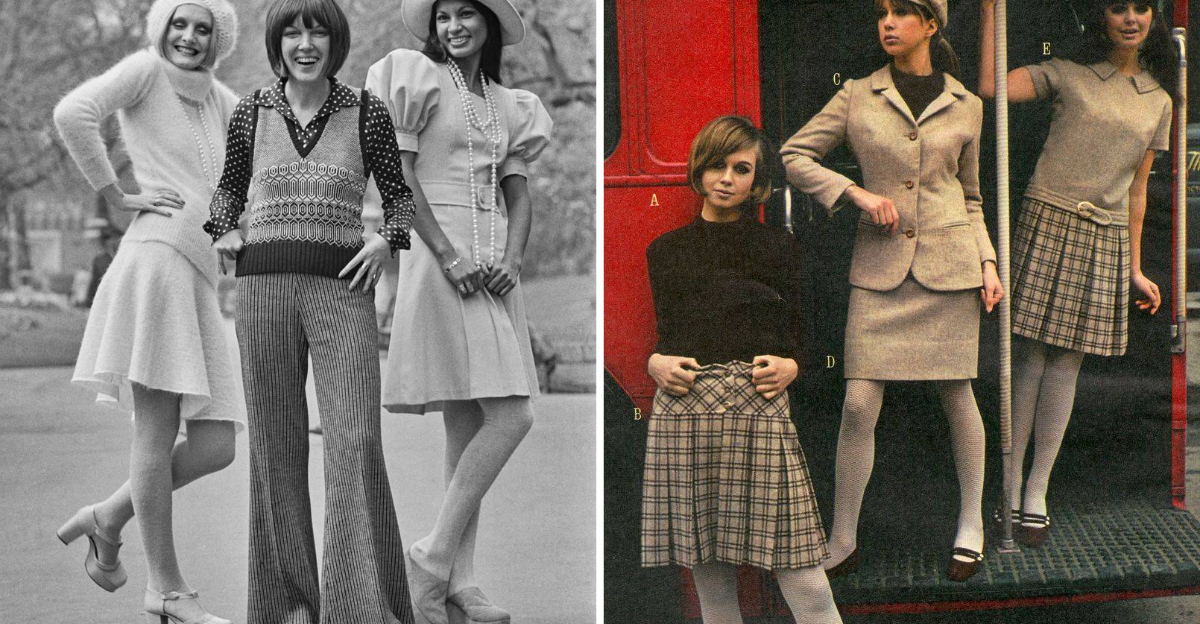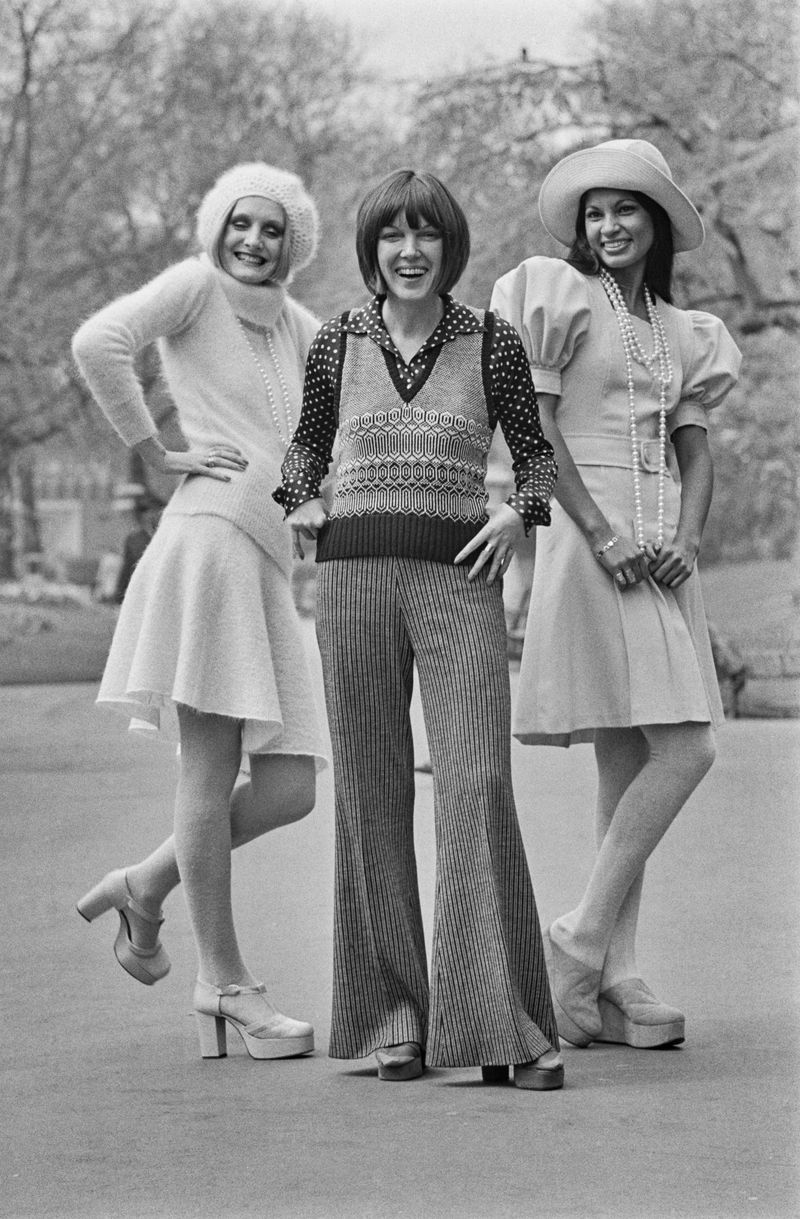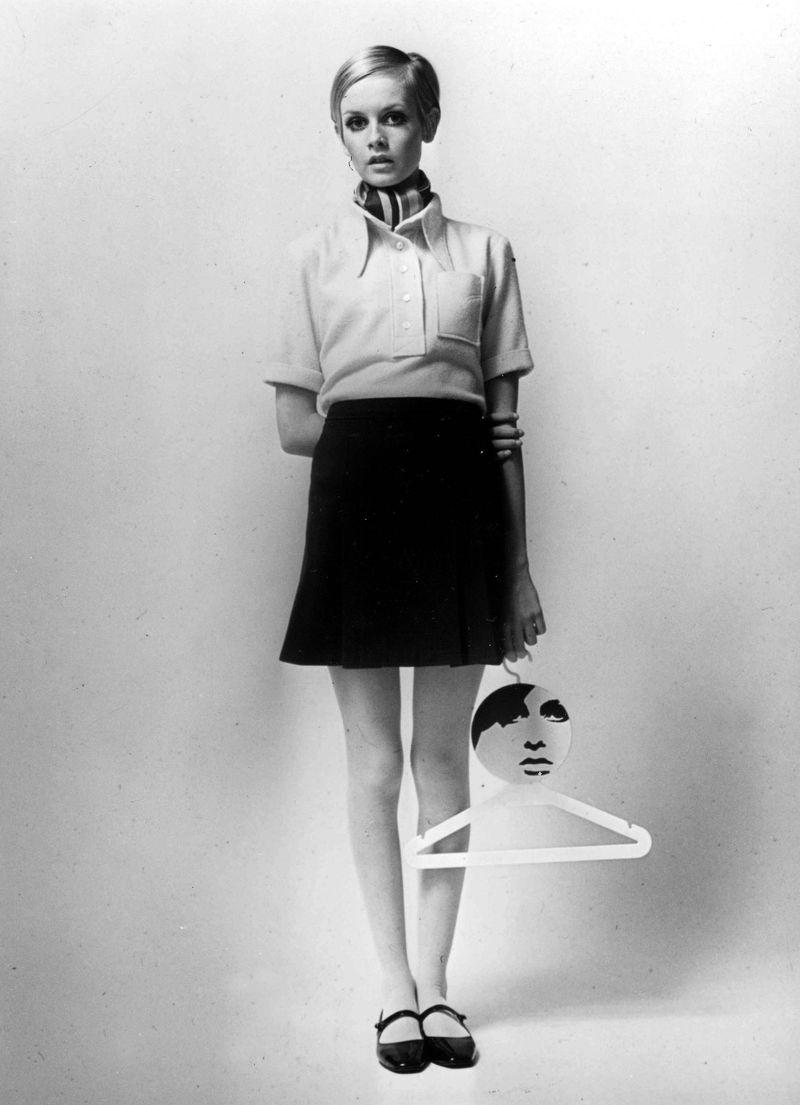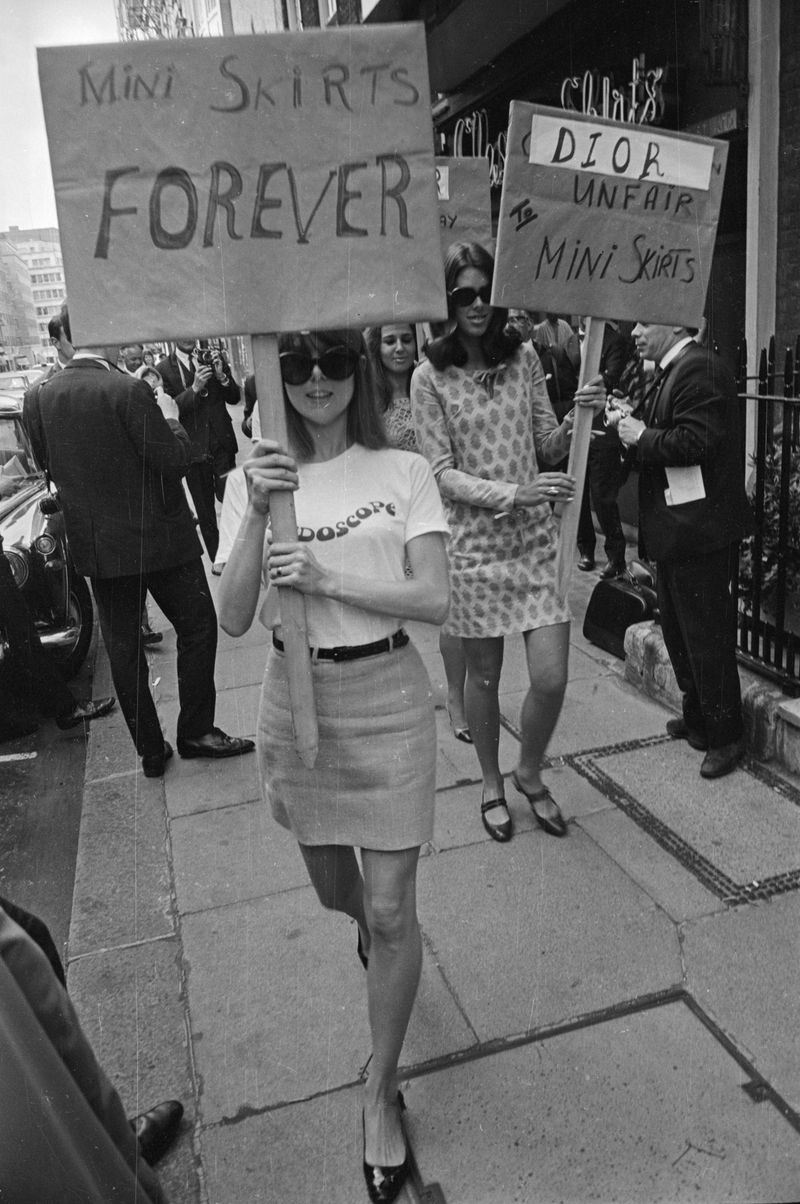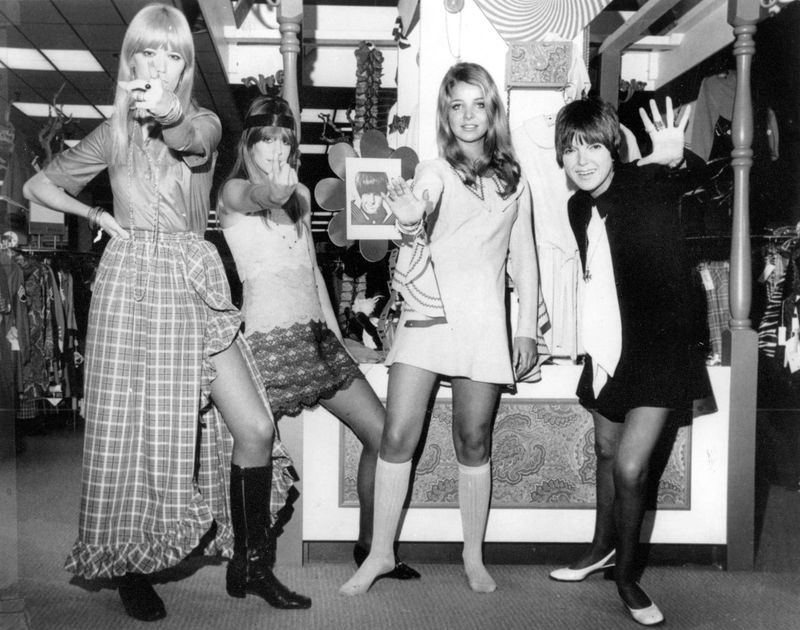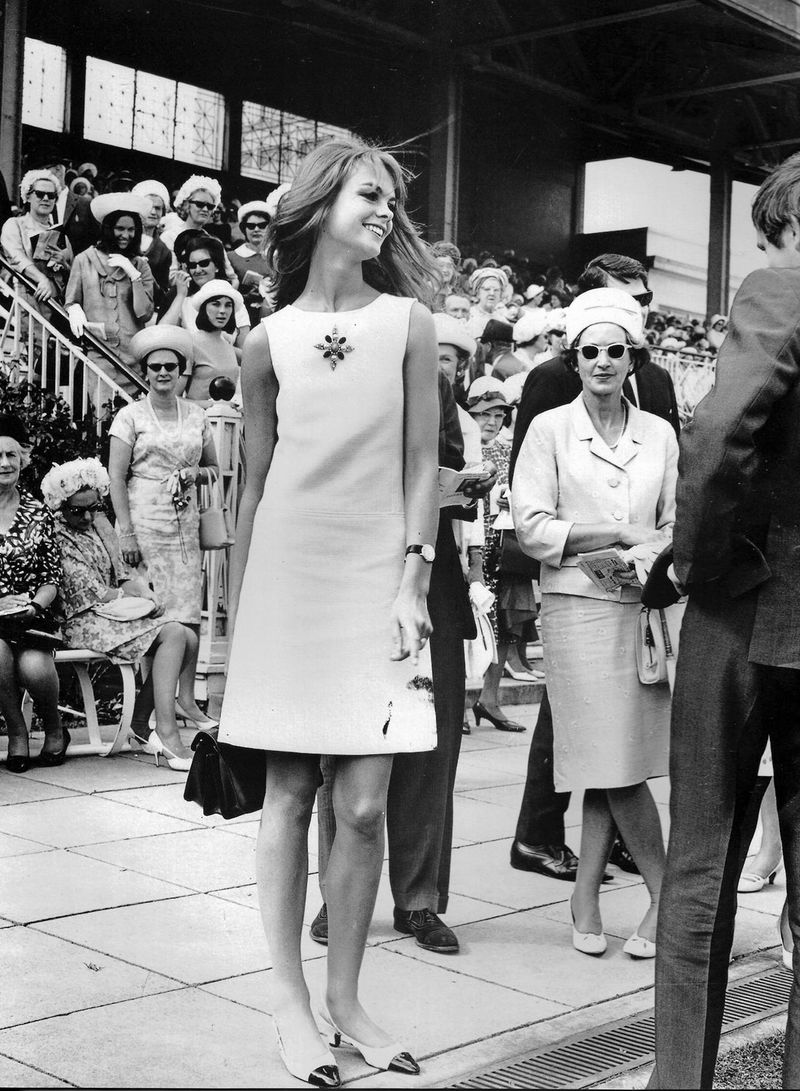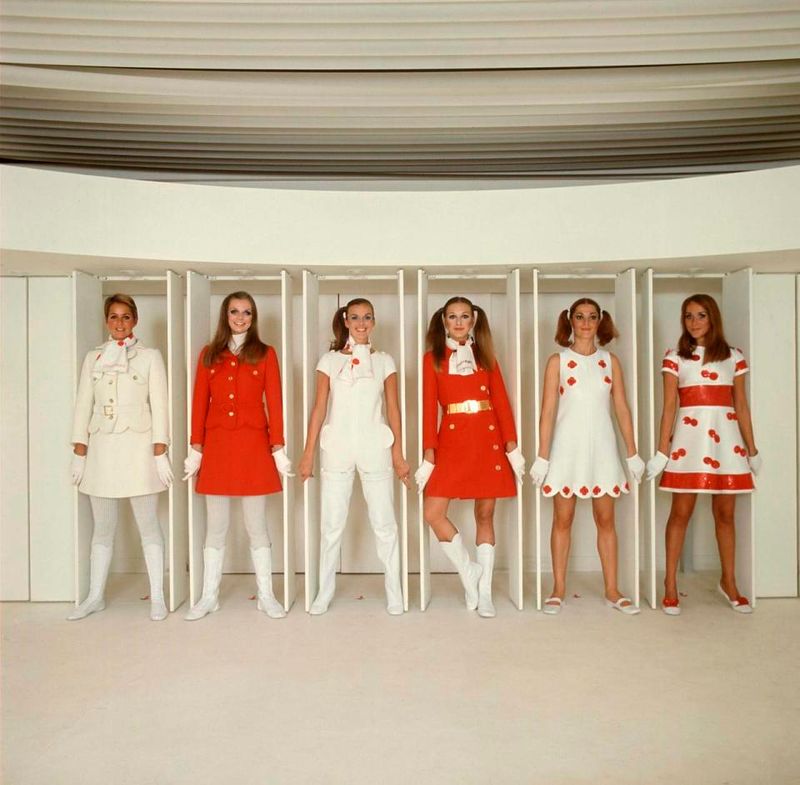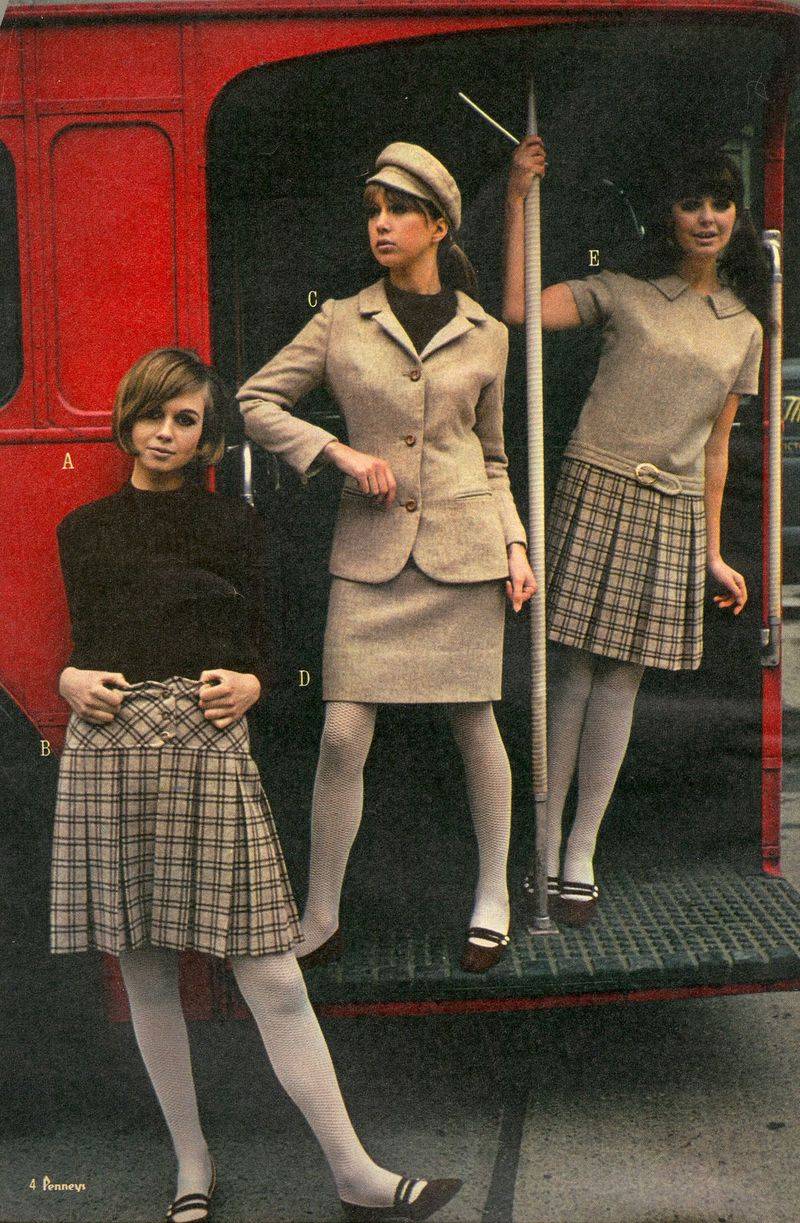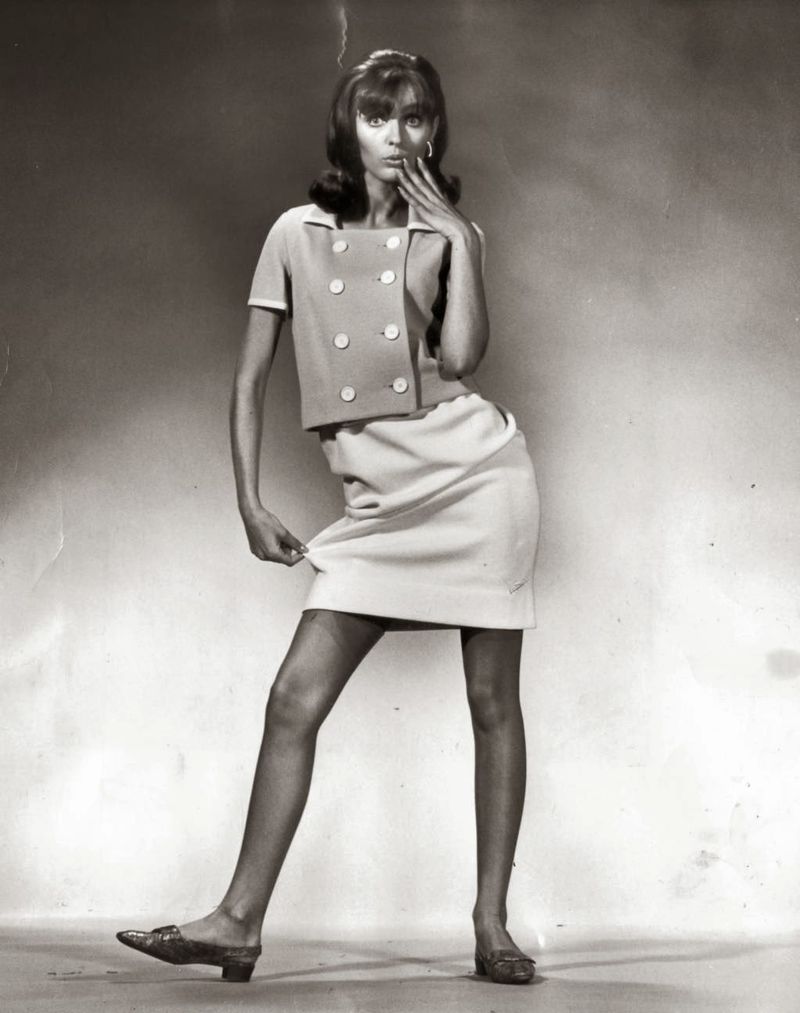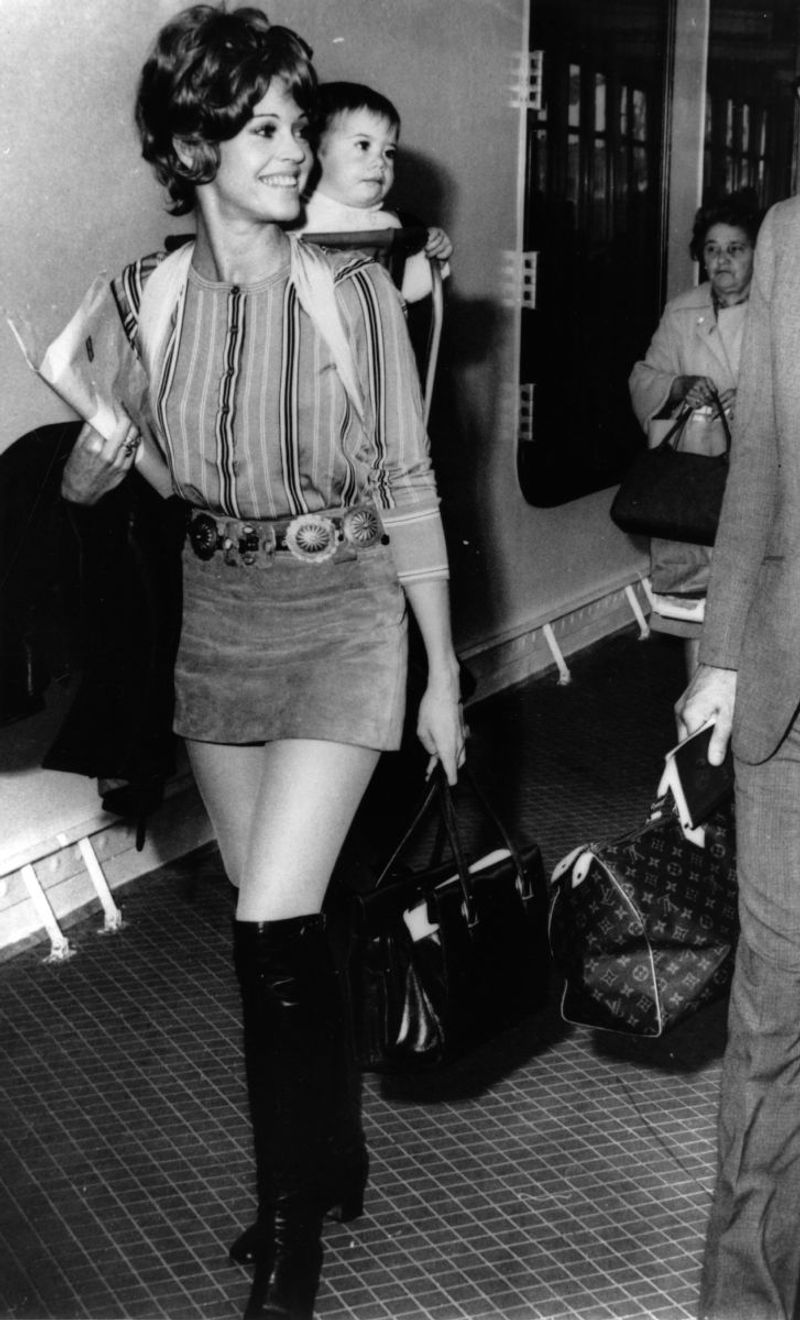The miniskirt, with its daringly short hemline, became a symbol of the 1960s fashion revolution. This iconic garment not only changed the way women dressed, but also signaled a shift in societal norms, challenging traditional views on femininity and modesty. As we explore 60 unique aspects of its rise, from fashion icons to global influences, we’ll uncover how this simple piece of clothing left an indelible mark on the world.
Mary Quant’s Influence
Mary Quant, a British fashion designer, played a pivotal role in popularizing the miniskirt. Her London boutique, Bazaar, became a hub for young fashion enthusiasts. Quant’s designs were fresh, daring, and reflected the youthful rebellion of the era. She famously said, ‘It was the girls on the King’s Road who invented the mini.’ Her contribution to fashion was not just about hemlines but empowering women to express themselves. Quant’s miniskirts were more than just clothing; they were a statement of independence and free spirit, inspiring a generation to embrace bold fashion choices.
Twiggy: The Face of the Miniskirt
Lesley Lawson, known as Twiggy, became the poster girl for the miniskirt. With her boyish haircut and doe-eyed look, she embodied the ’60s mod style. Twiggy’s slim frame and youthful exuberance made her the ideal model for this daring fashion trend. As she graced the covers of fashion magazines worldwide, the miniskirt gained unprecedented visibility. Her influence reached beyond fashion; Twiggy symbolized a new, liberated womanhood. The miniskirt, short and chic, was not just clothing but a cultural phenomenon, with Twiggy leading the charge in its global embrace.
The Mod Movement
The Mod movement, characterized by its affinity for sleek, modern styles, embraced the miniskirt wholeheartedly. Originating in London, it was driven by young people seeking to break away from the conservative norms of previous generations. Miniskirts became a staple in the mod wardrobe, symbolizing youthful rebellion and a forward-looking attitude. Carnaby Street, the epicenter of mod fashion, buzzed with vibrant energy and innovative styles. Here, the miniskirt was not just a garment but a statement of individuality and modernity, captivating the imaginations of fashion-forward individuals worldwide.
The Beatles’ Impact
The Beatles, arguably the most influential band of the ’60s, indirectly influenced the rise of the miniskirt. Their groundbreaking music and immense popularity fostered a cultural environment where new trends could flourish. Fans, inspired by the band’s rebellious spirit, adopted bold fashion choices, including the miniskirt. Concerts and public appearances of The Beatles became showcases for this new style, as young women donned miniskirts to express their modernity and alignment with the band’s revolutionary ethos. Thus, the miniskirt was part of the larger cultural shift towards freedom and self-expression.
Jean Shrimpton’s Melbourne Cup Scandal
Jean Shrimpton, one of the top models of the ’60s, caused a sensation when she appeared at the Melbourne Cup wearing a miniskirt. In a sea of traditional, longer skirts, Shrimpton’s choice was seen as scandalous, yet it underscored the growing acceptance of the miniskirt as a fashion staple. Her appearance challenged societal norms and inspired women worldwide to embrace the freedom the miniskirt represented. This event marked a significant moment in fashion history, highlighting the miniskirt’s role in the ongoing cultural revolution and its power to provoke and inspire.
André Courrèges’ Space Age Collection
André Courrèges, a French designer, was instrumental in introducing the miniskirt to haute couture. His 1964 Space Age collection featured futuristic designs with clean lines and geometric shapes, prominently including the miniskirt. Courrèges’ vision challenged the traditional boundaries of fashion, marrying innovation with elegance. His work demonstrated that the miniskirt could embody both sophistication and rebellion. The boldness of his designs resonated with the progressive spirit of the ’60s, making the miniskirt a symbol of modernity and a must-have for style-conscious women around the world.
Cultural Shifts in the 60s
The 1960s was a decade of immense cultural change, with the miniskirt emerging as a symbol of liberation. As civil rights movements, anti-war protests, and feminist ideologies gained momentum, fashion mirrored these shifts. The miniskirt, with its bold hemlines, became a visual representation of the era’s progressive attitudes. It challenged traditional notions of femininity and modesty, offering women a new way to express their independence. This garment was not just about style; it was a reflection of the broader quest for freedom and equality, capturing the spirit of a transformative era.
The Swinging Sixties
The Swinging Sixties was a period of cultural revolution, and the miniskirt was at its forefront. London, the epicenter of this vibrant era, buzzed with creativity and youthful energy. Miniskirts, with their daring lengths, became emblematic of the decade’s free-spirited ethos. They were worn by those who sought to break away from conventional norms and embrace new ways of living. The miniskirt was more than just a fashion trend; it was a symbol of the freedom, creativity, and optimism that defined the 1960s, influencing fashion and culture across the globe.
Fashion Magazines and the Miniskirt
Fashion magazines of the 1960s played a significant role in popularizing the miniskirt. Featuring it prominently on their covers and in editorials, these publications showcased the miniskirt as a key fashion trend. Models clad in miniskirts set new style standards, inspiring readers to adopt this bold look. The influence of these magazines extended beyond fashion, shaping cultural attitudes towards femininity and independence. By celebrating the miniskirt, fashion magazines helped elevate it from a simple garment to a symbol of the ’60s cultural revolution, impacting the wardrobes of women around the world.
